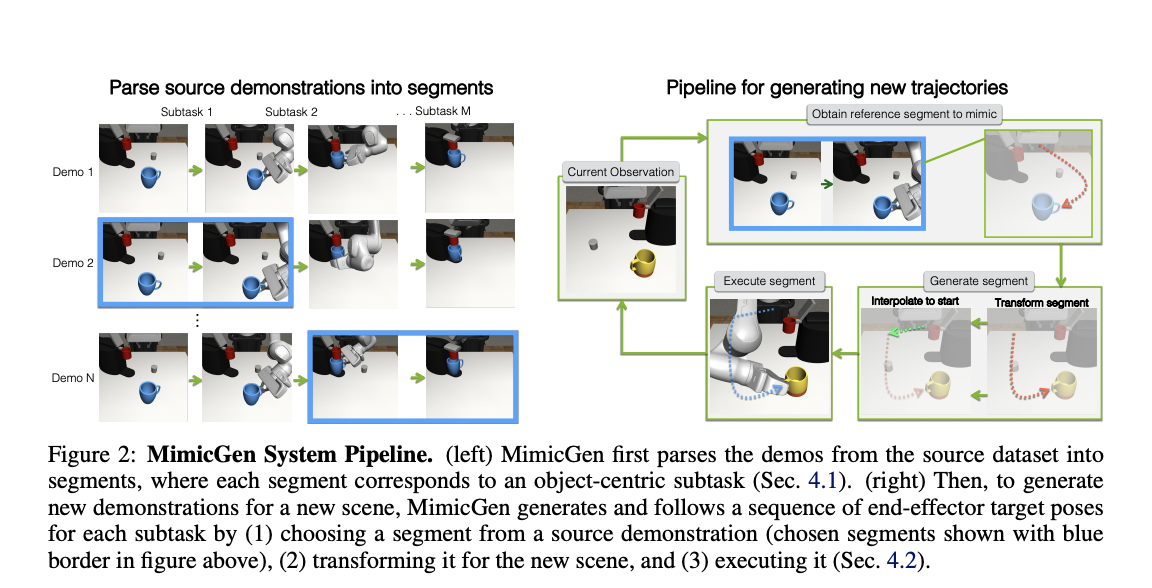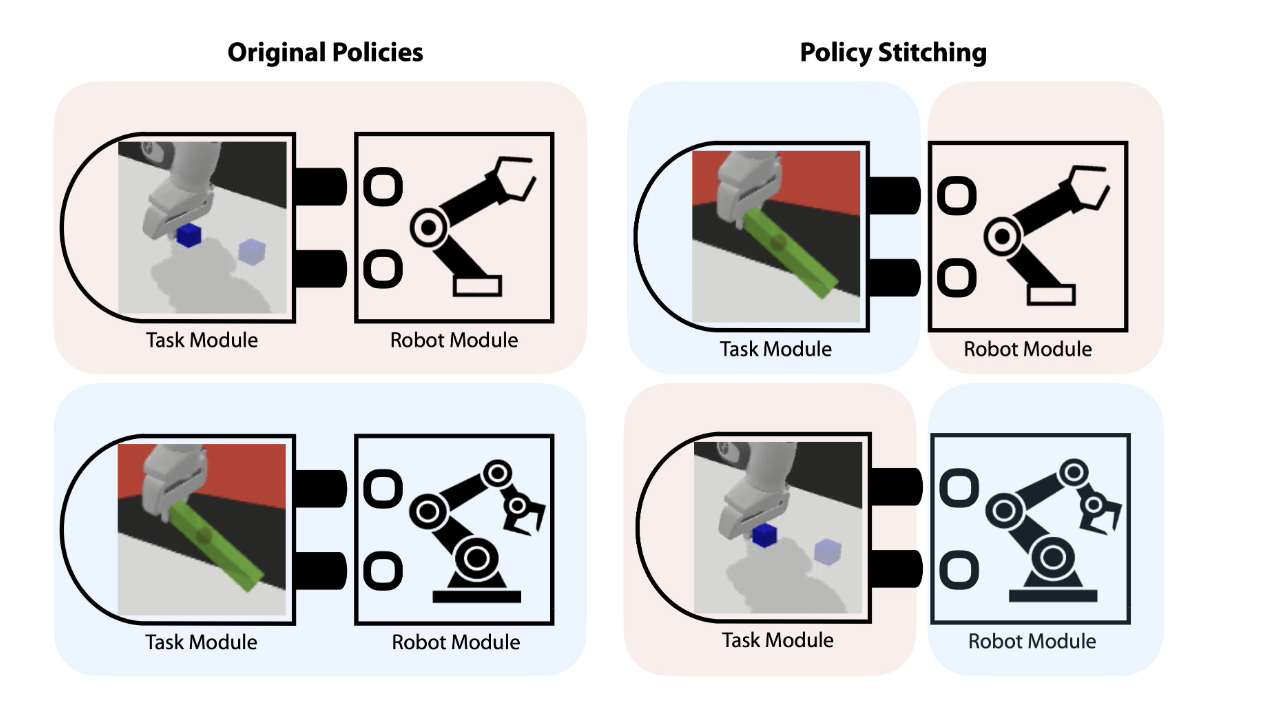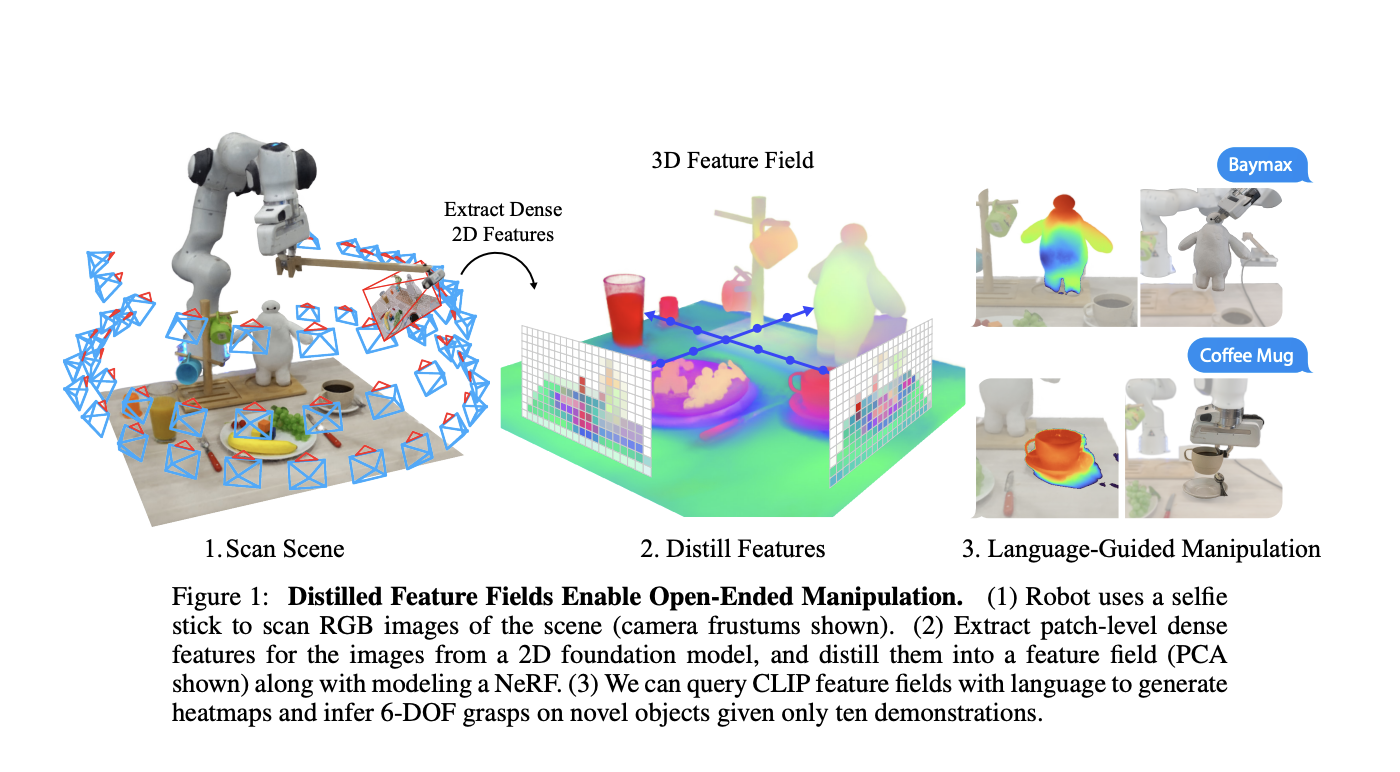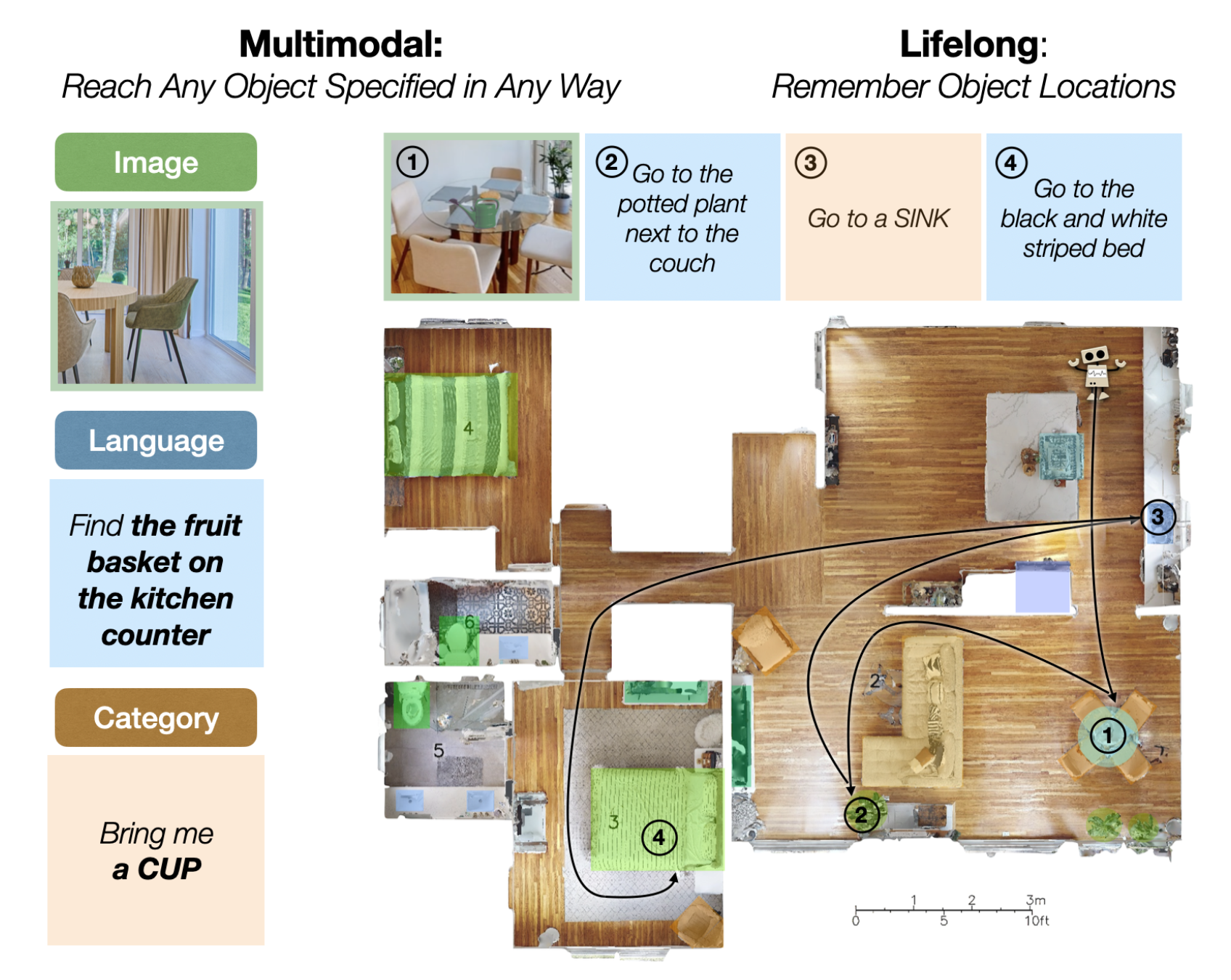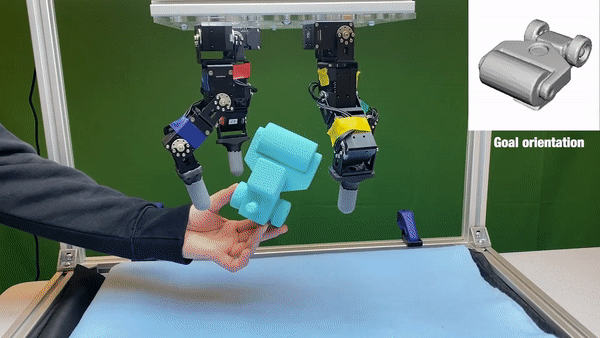In many domains that involve machine learning, a widely successful paradigm for learning task-specific models is to first pre-train a general-purpose model from an existing diverse prior dataset and then adapt the model with a small addition of task-specific data. This paradigm is attractive to real-world robot learning since collecting data on a robot is…



